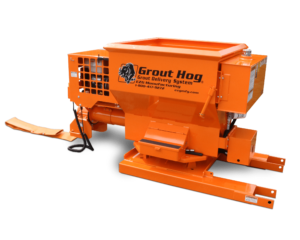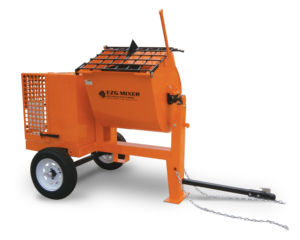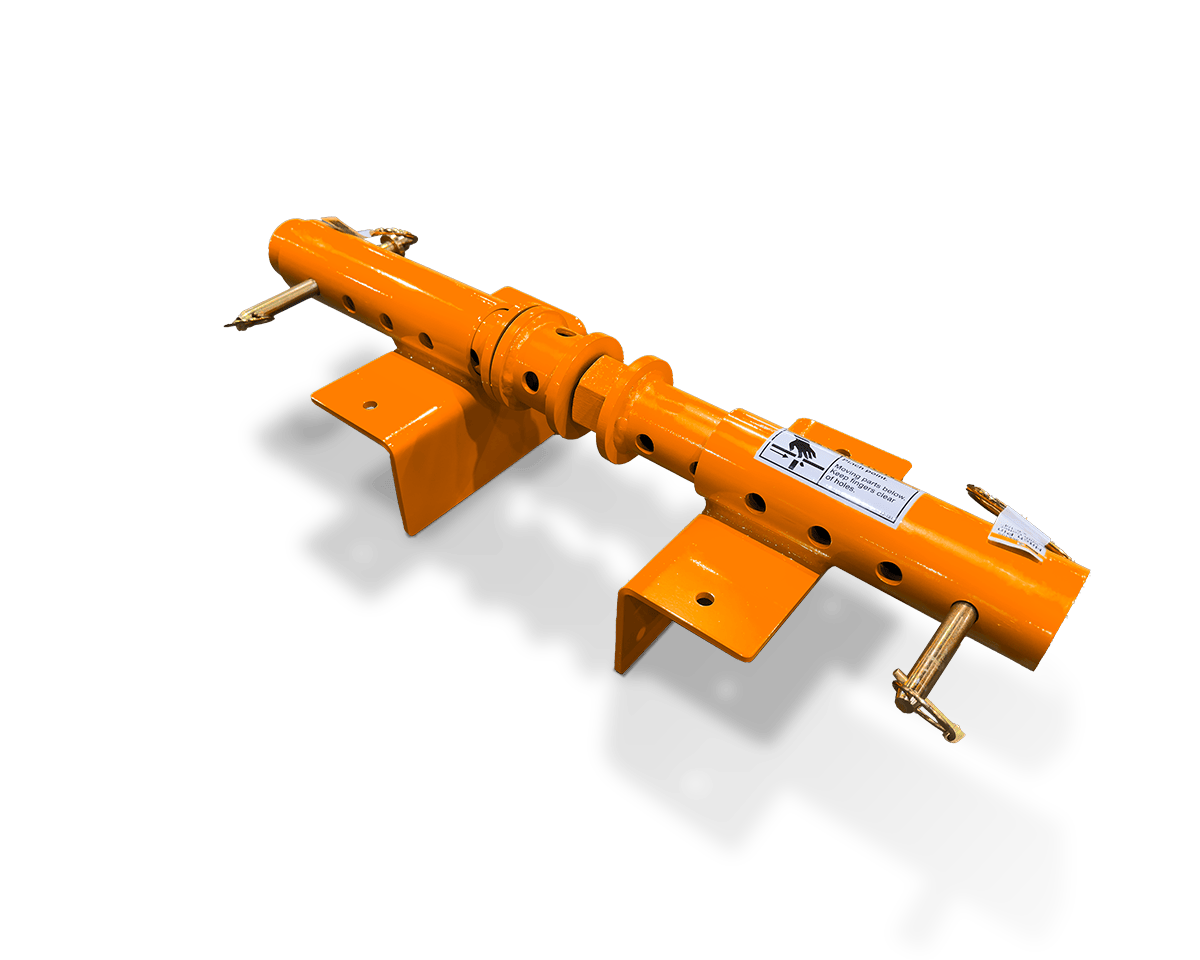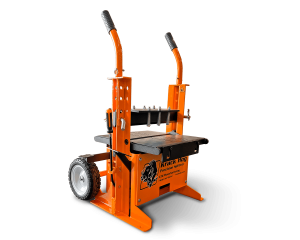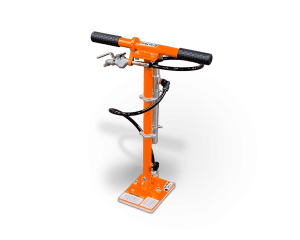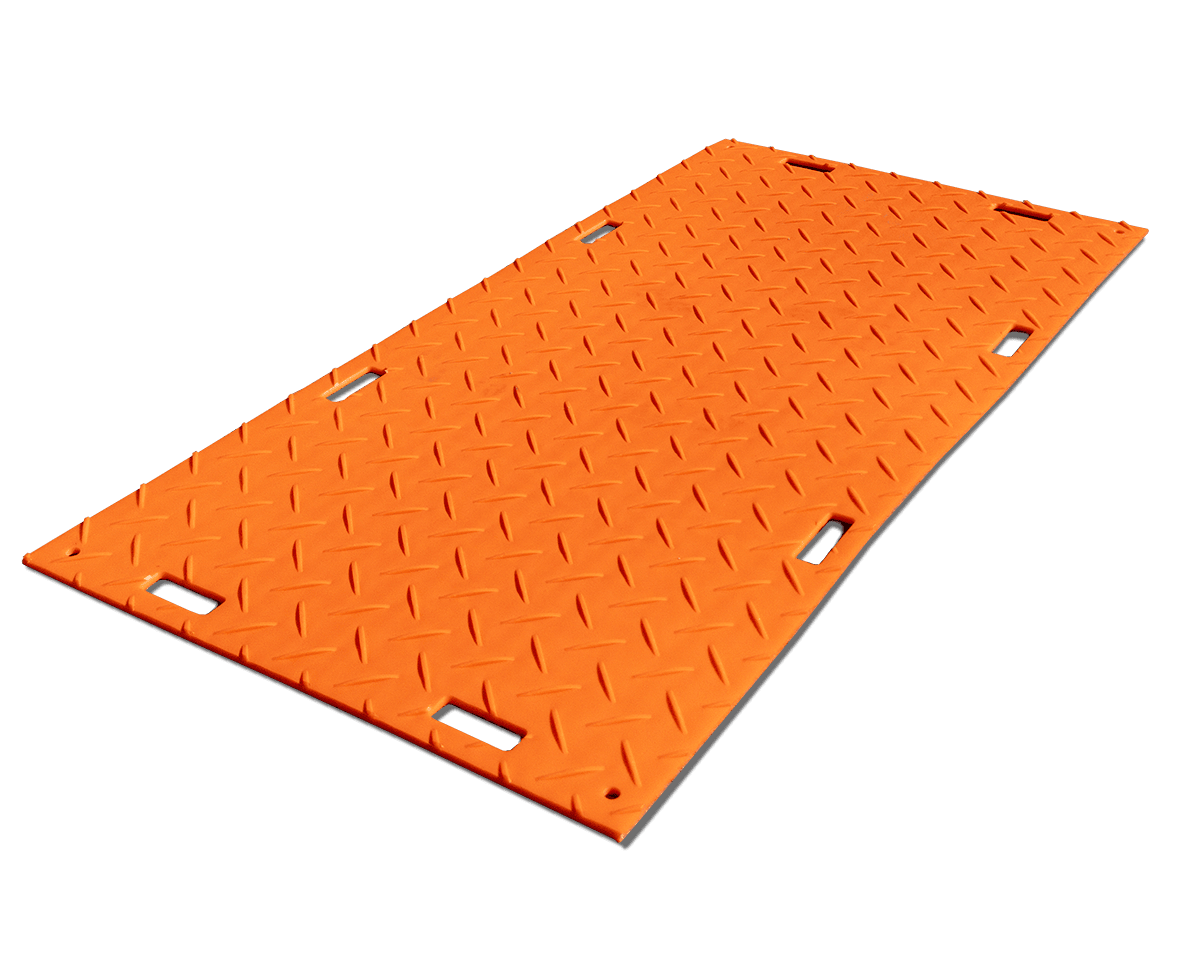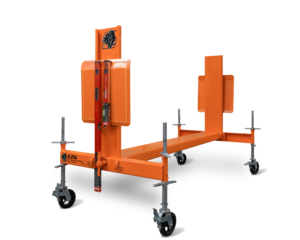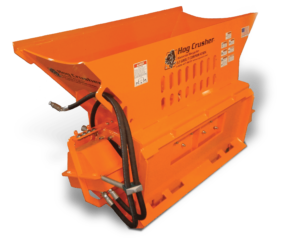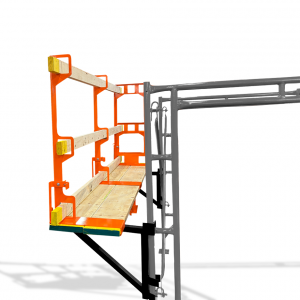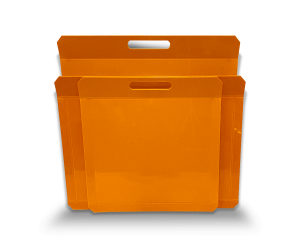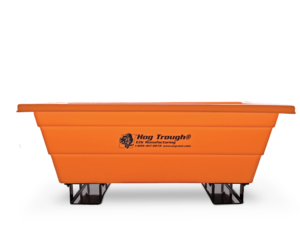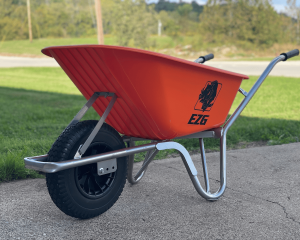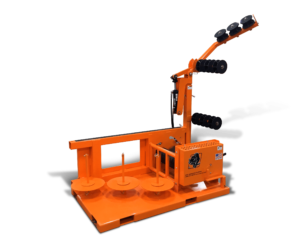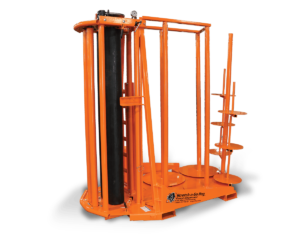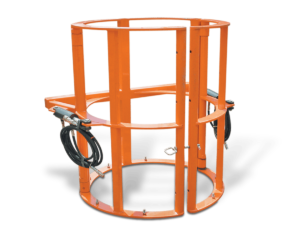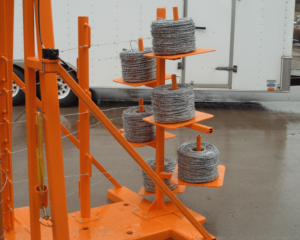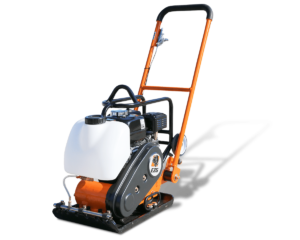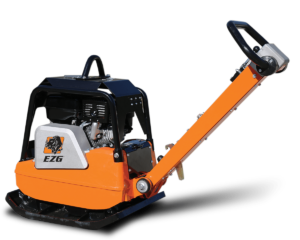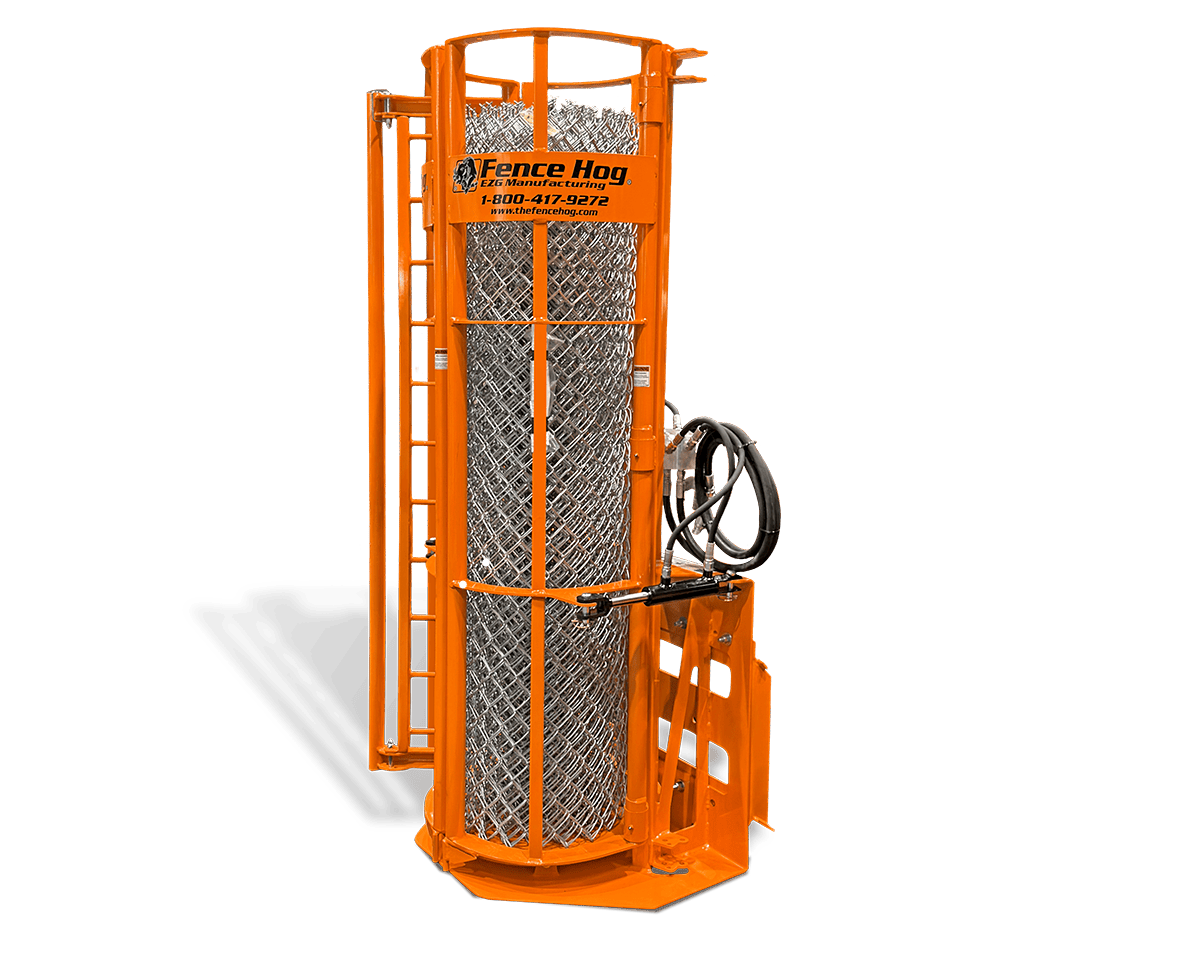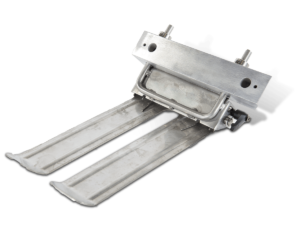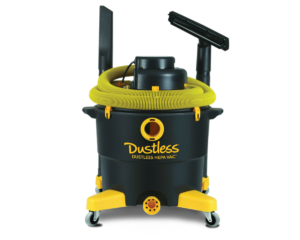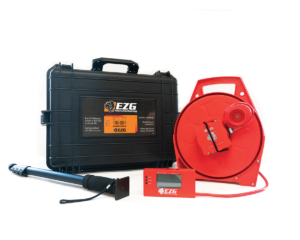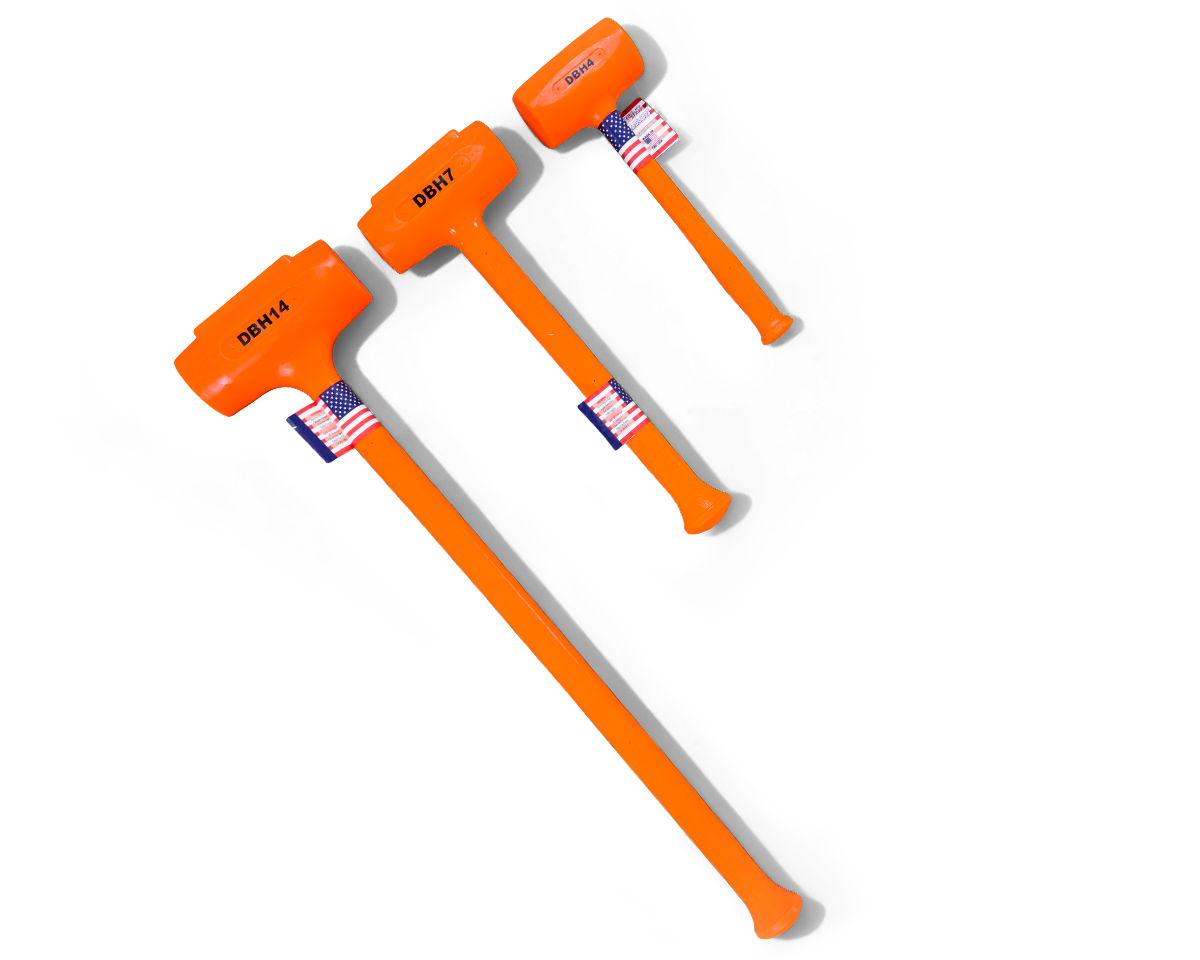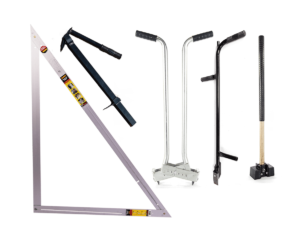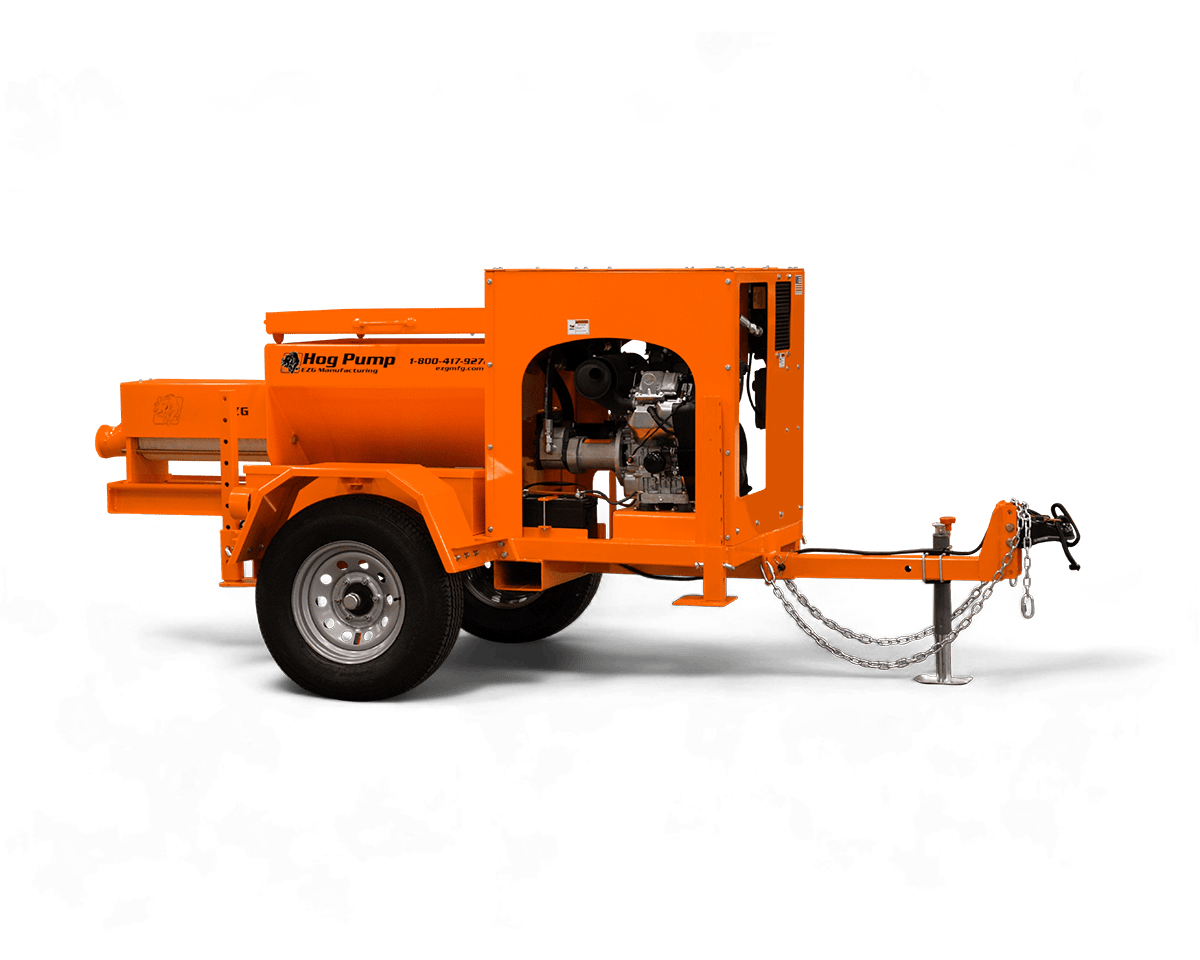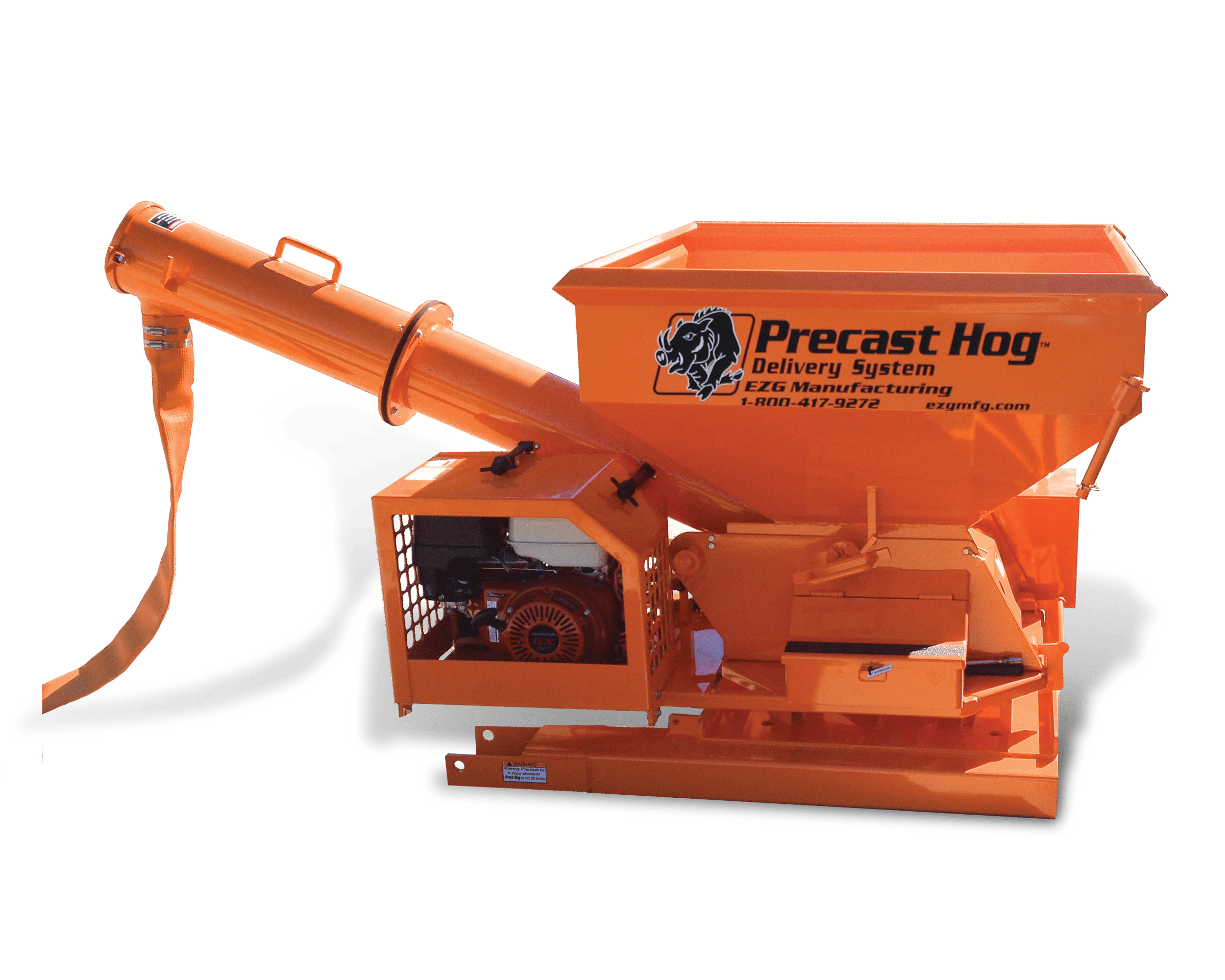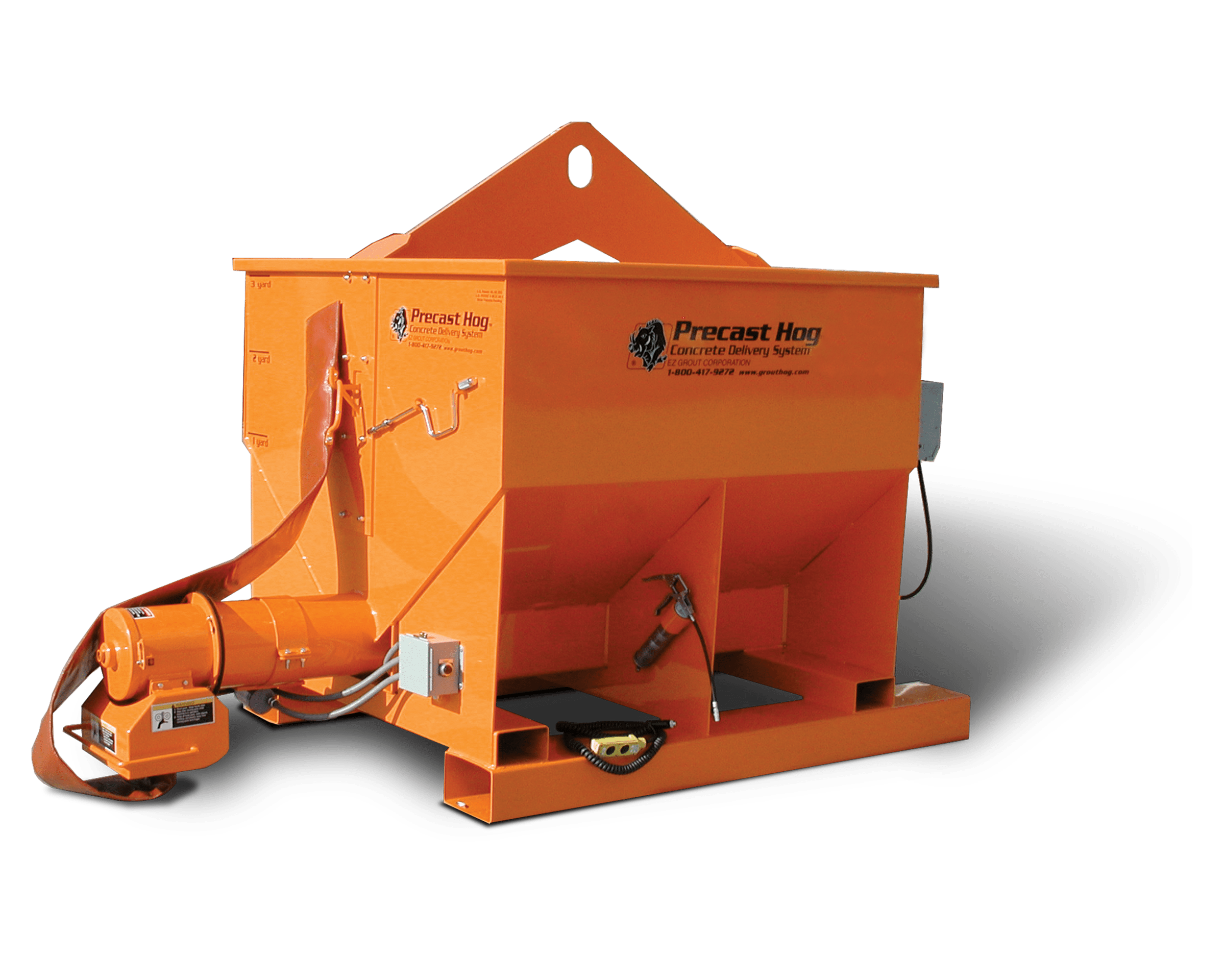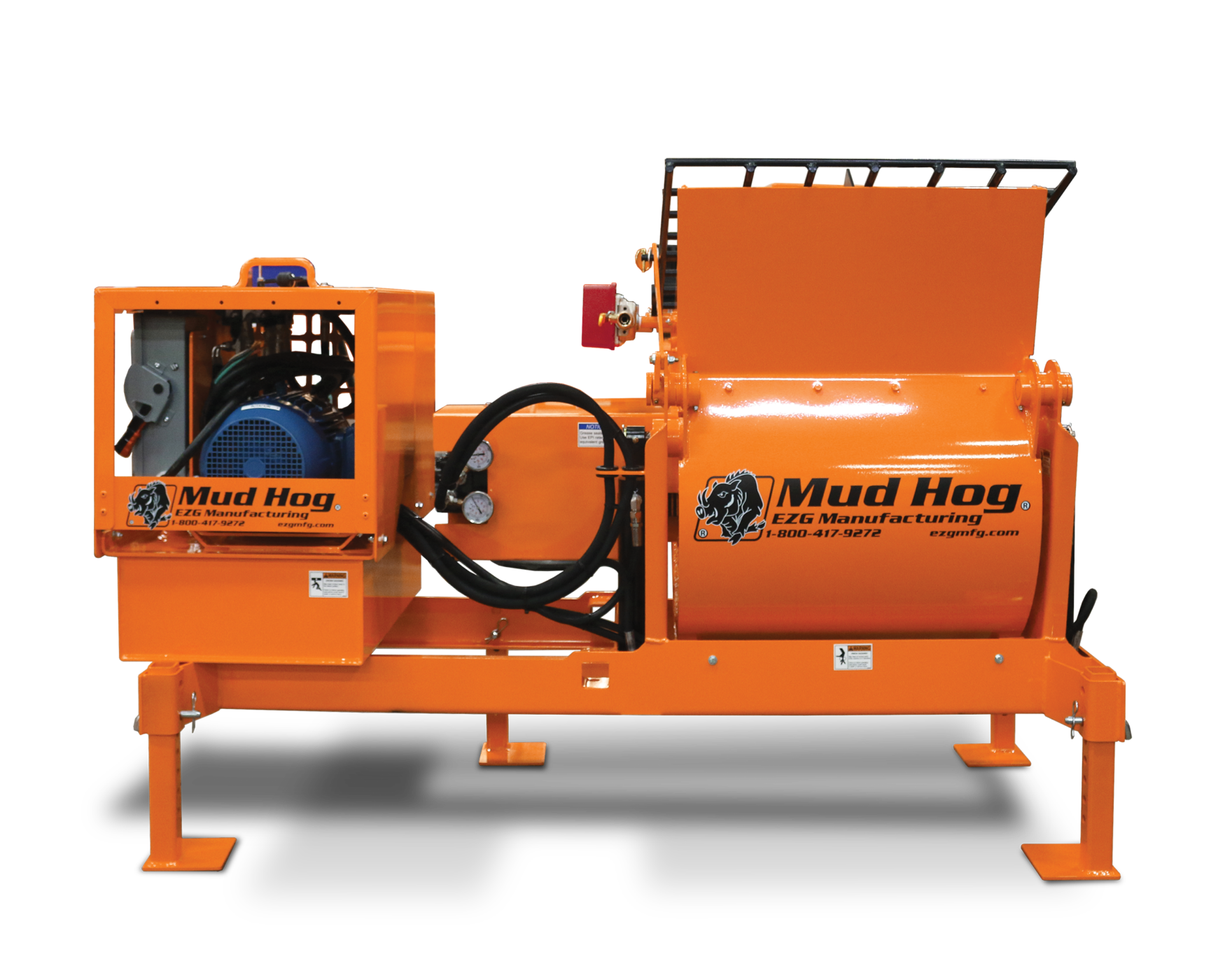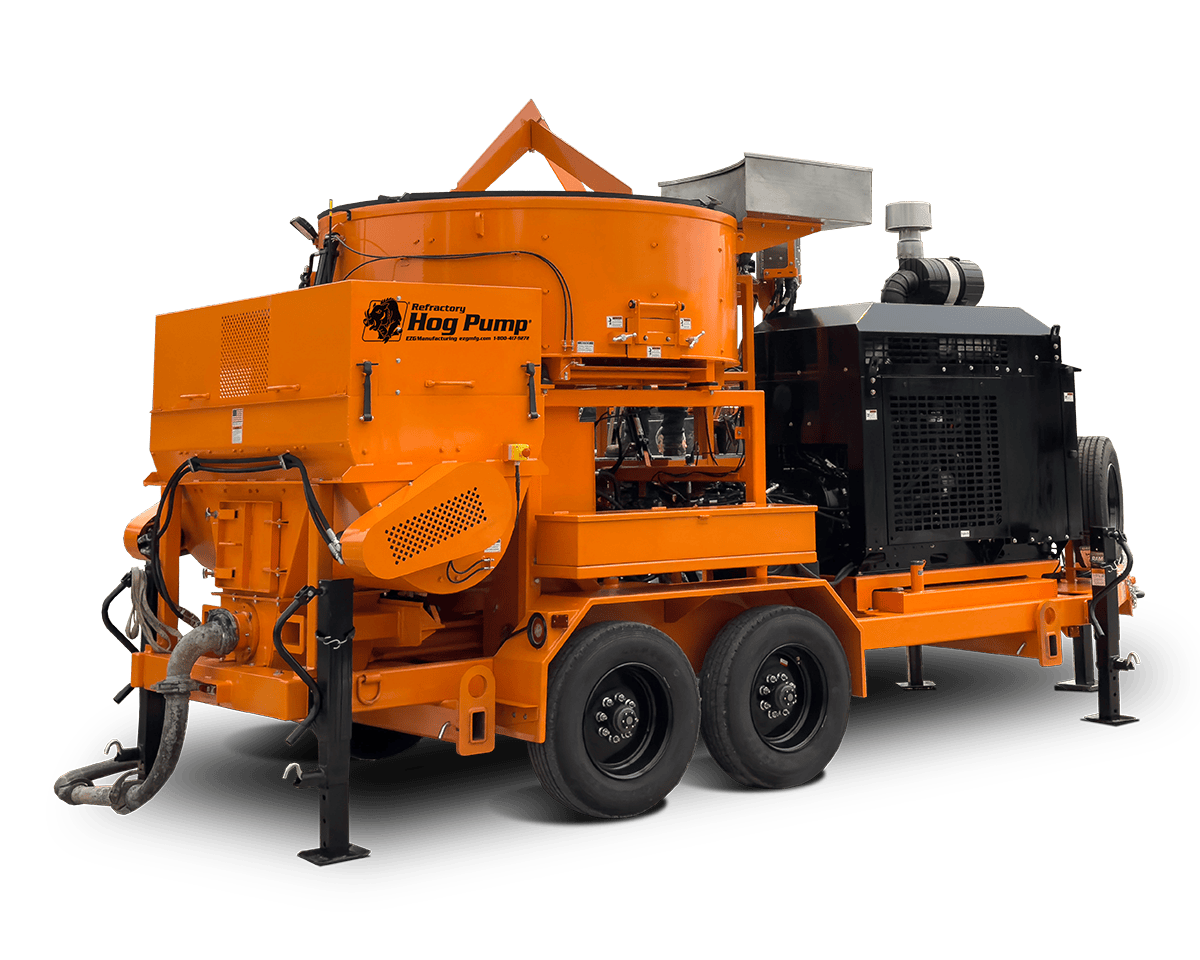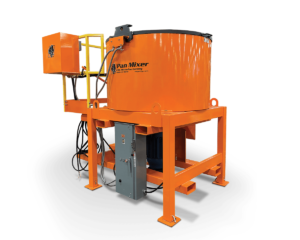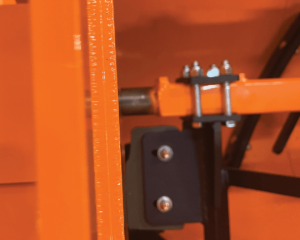I recently encountered a contractor whom I estimate had to do $4 million worth of work to recover from a $160,000 pricing mistake. Ouch! That may sound impossible, but numbers do not lie. Stick with me and I will show you how this businessman spent a great deal of time working for “the going price” but ended up going nowhere.
There are a lot of elements that go into running a profitable company. Pricing and executing work properly must be at the top of the list. You cannot have the second without the first because without proper pricing, even your best field team cannot prevent you from falling short of your profit expectations.
One of my comrades said he was struggling with profit fade. As our conversation progressed, I told him I need the symptoms before we can diagnose what really happened, so we can develop a cure for the problem. He confessed that he never estimated certain projects. Instead, his bids were based on whatever his best customers identified as “the going price.”
I was astounded by this practice and explained that it was highly unlikely that his customers were better at pricing his work than his own estimating team. Then I shared a lesson that I learned many years ago during a Charles Vander Kooi estimating class. “The going price is what contractors in your area that are going out of business are charging.”
Getting back to my introduction, this contractor told me he was offered a job for $800,000 with the next lowest bid being $1 million. He reasoned that either the $1 million bidder missed his estimate or just had so much work that he threw a high number at it. Even if we are off on the numbers up front, my field team can make up the difference, he explained.
When he asked me if he should take the job, my answer was a resounding NO. I explained to him that leaving $200,000 on the table is not wise on a project of this size. And that it was unlikely the field team could make up the difference, so they would probably end up working their tails off, and in the end, the job will still not be profitable.
To my dismay and against my advice, he took the job.
My friend did what most contractors do. He convinced himself that he could make up the difference by “executing the work properly” in the field. However, without proper pricing up front, his management team set his field team up for failure before they even started the work.
The contractor later confessed the job was a disaster, and he ended up losing $160,000. Then, I ran some more statistics for him that concluded he would have to “price and execute” an additional $3.2 million in work at 5% net profit, which is in line with the industry average, just to break even. ($3.2 million times 5% equals $160,000.)
If you include the $800,000 project he just finished at a loss, that’s $4 million of work for nothing. Compounding this figure with his volume of work, we decided he would need to work an entire six months at no profit. And that is if all goes as planned on the next $3.2 million of work he performs. Does that sound like a fair shake for all the risks he would endure by taking on one bad job?
You must accurately estimate/price the work up front, or you are destined to fail. Estimators have a tough job. They are responsible for tracking opportunities, communicating with the customer, procuring specifications and drawings, counting every piece of material and labor involved, soliciting quotes from vetted subcontractors, selecting the best quote, and assembling and submitting the estimate. Then they wait to be rejected four out of five times.
Your estimators are the tip of the spear when it comes to project success. They are the first step in making a profit or suffering a loss. In fact, I believe they hold one of the most important positions your organization. Support them and provide them with the tools they need to be successful.
Here is how you ensure you get the estimate right up front:
- Make sure every direct and indirect cost associated with the project or product is accounted for.
- Require estimators get three or more bids by suppliers or subcontractors. The more bids, the better. One or two bids is not enough.
- Apply the proper markup on your bid to ensure you hit your profit goal even if it looks uncompetitive. Use your own estimations, not what the customer tells you the going price is.
- Look at your bid/hit ratio. For construction, a bid/hit ratio of 10%-15% public and 15%-20% private are the industry standards. If your bid/hit ratio is much higher than that, say 30%, you are without a doubt, leaving profits on the table.
- If your bid/hit ratio is far below the industry average, you likely have productivity issues that are pushing your bids too high. Or, you have quality and people issues at your company that deter customers from awarding you the work regardless of your price.
- If your bid price is more than 10% lower than the second bid, you probably missed something significant in scope. Therefore, as soon as you see your price is so low, do a full examination of the project to ensure you have your number right. If you do not have ample margins on the project, walk away, if at all possible, rather than take a contract where someone else’s buildings or products become your expense.
- Likewise, if you are subbing out work and have a subcontractor’s bid that is much lower than the average bid received, watch out. That sub probably missed something, too. Why do you care if the subcontractor has a bad estimate? Because unless he is very strong financially, he will either back out, go bankrupt, or supply the lowest cost workmanship he can afford, and you will be stuck with his quote in your contract. You will likely have to find another subcontractor at a higher price and eat the difference.
The bottom line is — “if you miss something in an estimate, you are screwed”. You have almost no chance of getting the customer to agree to pay more after he has awarded the business. You also have almost no chance to make it up in the field unless it is a very minor detail.
So, how do we ensure that we have 100% estimating accuracy?
- Do two-level and even three-level bid reviews by seasoned estimators.
- Utilize ultramodern estimating systems with 3D rendering of projects or products.
- Create and use a detailed estimating checklist.
- Have two or more estimators compile estimates and compare results.
- Have a cross functional team including field leaders review the scope and estimate.
Just remember, get the pricing right up front, or don’t take the job.

